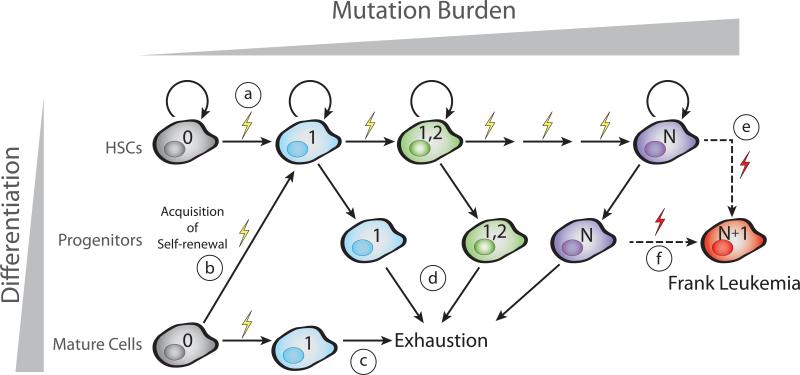Figure 1. Model for pre-leukemic evolution of leukemia.
Sequential acquisition of mutations during clonal evolution is illustrated by changes in color. Multiple scenarios for leukemic evolution exist. The simplest model posits that the first mutation would occur in a normal HSC (A) that retains the ability to self-renew. Alternatively, the first mutation could occur in a more differentiated cell and could confer self-renewal to this previously non-self-renewing cell (B). If, however, the first mutation were to occur in a differentiated cell but not confer self-renewal, this mutation would likely be lost due to exhaustion of this lineage (C). Subsequent mutations accumulate in this self-renewing HSC lineage. At each stage of evolution, these self-renewing cells retain the ability to produce differentiated progeny of both the myeloid and lymphoid lineages (D). Eventually, one or a few additional mutations lead to the generation of a fully leukemic cell. This mutational event could occur in a bonafide HSC (E) or in a progenitor cell (F). The resultant leukemia cell loses the capability to differentiate into multiple cellular lineages.

